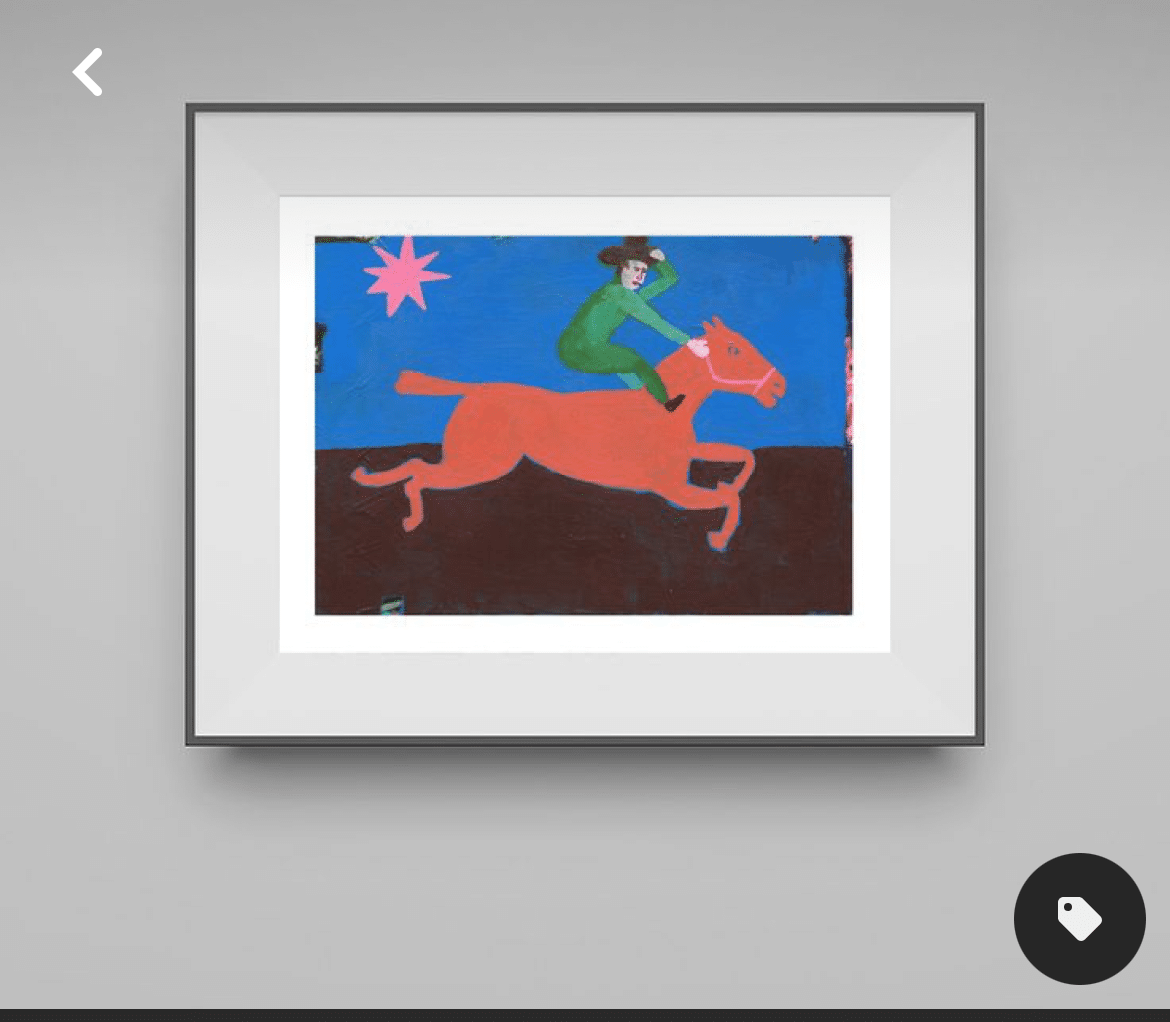Outsider art is a term that is used to describe artwork that has been produced by untrained artists, who have not been influenced by any art movements or genres and have not worked within the mainstream arts sector. It can be a controversial term that is the subject of some debate. Here’s a look in some more depth at what the label really means.
The origin story
Outsider art was a concept first labelled in 1972 by the art critic Roger Cardinal, who used it as a title for a book. However, it can be argued that this was strongly influenced by the French concept of ‘art brut’, or ‘raw art’, which was coined by the French artist Jean Bubuffet in the 1940s.
Dubuffet used examples of artworks created by those who were isolated from mainstream society in some way, such as psychiatric patients, hermits, and those with alternative religions or lifestyles.
Dubuffet wrote about the qualities of art brut in his piece Place à l’incivisme: “Those works created from solitude and from pure and authentic creative impulses – where the worries of competition, acclaim and social promotion do not interfere – are, because of these very facts, more precious than the productions of professionals.”
“After a certain familiarity with these flourishings of an exalted feverishness, lived so fully and so intensely by their authors, we cannot avoid the feeling that in relation to these works, cultural art in its entirety appears to be the game of a futile society, a fallacious parade.”
He valued art that was unconstrained by formal training or education, and purely existed because of the human drive to create. This often resulted in work that could look naive and was produced with unconventional materials or methods, but possessed a raw energy, intuition, and pureness of the imagination.
These views are certainly unconventional and might seem a little extreme, as Dubuffet was championing the idea that the only true forms of art existed outside of society’s constructs and the resulting cultural influences and values. However, once such concepts are identified and celebrated, it inevitably draws them closer to the mainstream.
Who is an outsider artist?
The question of who can be truly considered an outsider in the art world is also an interesting one. Some of the most celebrated art movements of the past 100 years broke dramatically with tradition and convention, such as Cubism, Constructivism, and Surrealism.
Many of the leading artists of the 20th century also lived on the fringes of society or battled with mental health problems, such as Vincent Van Gogh or Jackson Pollack. The definition of what outsider art really is and what makes an artist an ‘outsider’ will probably always be a matter of lively discussion and debate.
Nonetheless, the concept of outsider art has continued, and is valued by many artists with more conventional backgrounds, because it reminds them of the instincts that drew them to art in the first place before they were formally trained. For this reason, some people consider artwork produced by children to be outsider art.
The works of Henry Darger (1892-1973) are often held up as an example of outsider art. He was an American who spent much of his life working in a hospital. After his death, works of fiction and mixed media artworks were discovered with subject matter that ranged from the fantastical to the horrific.
Alfred Wallis (1855-1942) is another outsider artist who is celebrated by critics. He was a Cornish fisherman who did not take up painting until he was 70, with no prior training. He painted ports and seascapes from memory, and made no attempt to introduce realistic scale and perspective in his work.
Outsider art today
In this day and age, it is probably increasingly difficult for even untrained artists to produce works of art that are not in some way influenced by art history or current cultural trends because of the ubiquity of the media and the internet.
Since 1993, the Outsider Art Fair has been held biannually in New York and Paris. It was established as a way of helping outsider artists with no formal training to showcase their work to a wider audience. Although the event is popular with the public and with art collectors, some critics argue that it devalues the ideas and experiences of the artists.
However, others argue that the art fairs have an important role in challenging the deeply hierarchical mainstream art world.
If you are looking for a different perspective, check out framers in north London.
